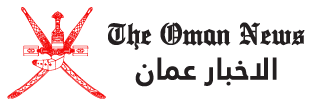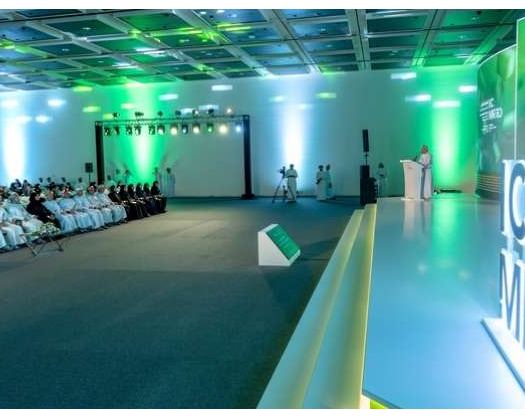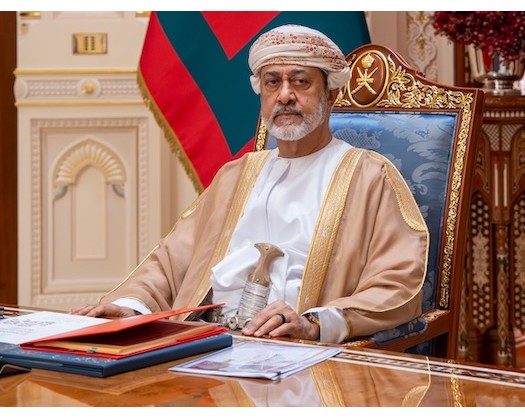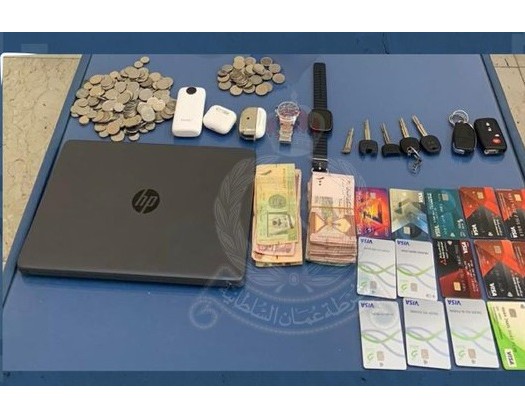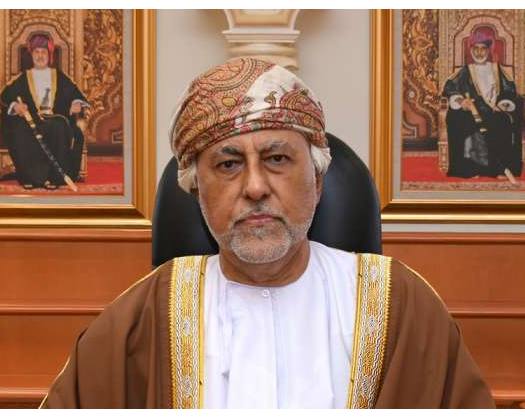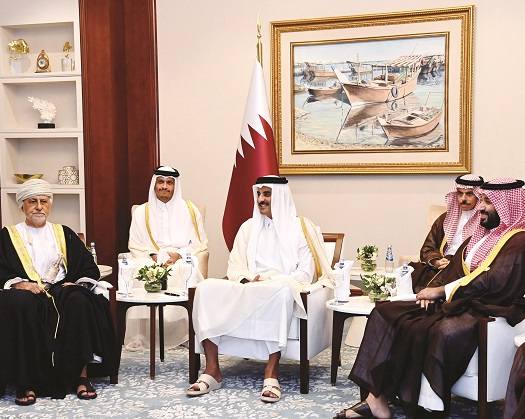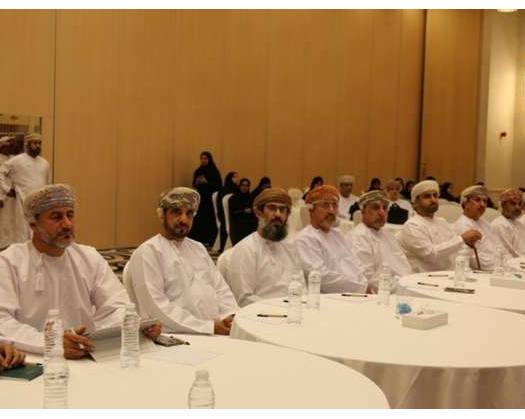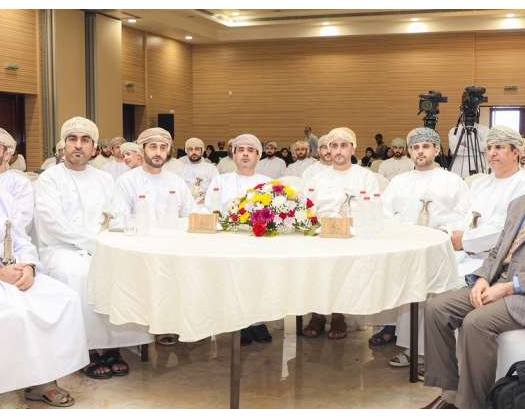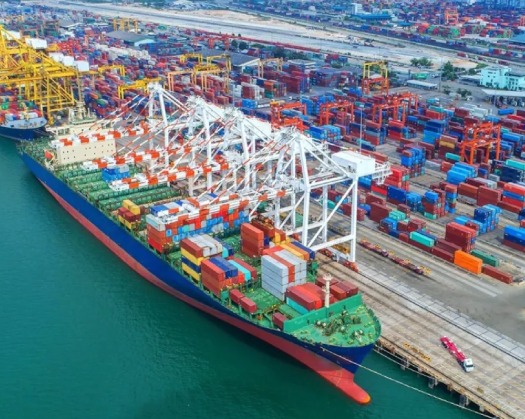Manah: The International Conference on "Museums and Their Role in Tourism Development concluded its deliberations on Tuesday in the Wilayat of Manah, A'Dakhiliyah Governorate, under the patronage of Nasr Hamoud Al Kindi, Secretary General of the Royal Court Affairs and Chairman of the Board of Trustees of Oman Across Ages Museum.
The conference advised that museum and heritage organizations improve their integrated cultural heritage management by using digital documentation, oral narratives, and interinstitutional relationships. This seeks to reposition museums as living memories and agents for long-term tourism and cultural development.
It also urged for the implementation of multilingual and multimedia museum programs to improve visitor experiences, the extension of participation in national and international tourist routes connected to cultural identity, and the integration of museums into tourism policy through models such as archaeological and heritage site museums and intangible museums. These initiatives will help to grow the community economy and maintain local cultural variety.
In a statement delivered by Dr. Mohammed Ali Al Balushi, Chairman of the Scientific Committee, on museum economy and tourism, the conference stressed the need to strengthen the role of museums in urban and tourism planning as interactive creative hubs capable of stimulating local economies and developing educational and experiential tourism routes.
It also encouraged the use of cultural entrepreneurship and digital change to build creative museum models that produce sustainable income, promote economic diversification in the cultural economy, and improve participatory governance models and ties with the commercial sector and communities to increase museum investment efficiency and broaden its tourism and social impact within the sustainable development agenda.
In terms of museums' cultural and educational roles, the convention advised converting museums into interactive educational areas that encourage cultural citizenship and incorporate diversity into educational programs and local curricula as part of a broad societal vision.
It also promoted the establishment of mobile, scientific, and literary museums as alternative methods to fill learning gaps, connect visitors with knowledge and tourist opportunities in underprivileged locations and multicultural groups, and encourage institutional collaborations among museums, educational institutions, and professional groups to develop technical skills and produce high-quality cultural content that promotes integration between education and tourism.
The conference urged the use of integrated digital approaches based on artificial intelligence and other new technology to enrich visitor experiences and expand the cultural and tourism effect of museum information, with regard to digital technology in museum exhibitions and their tourist function.
It also urged for the use of noninvasive study and documentation technology, such as multispectral imaging and digital modeling, to conserve collections and increase museums' research and educational attractiveness.
Furthermore, it highlighted the importance of incorporating interactive digital storytelling into museum marketing, turning historical personalities into digital icons that connect memory and innovation while engaging a global digital native audience.
Dr. Mohammed Ismail Al Nasrat, speaking on behalf of delegates, underlined Oman's rich history stretching back thousands of years, as well as its dynamic cultural riches found in every museum, fortress, and city. He emphasized that these organizations have shown to be not just guardians of memory, but also vital participants in establishing the future of cultural tourism in the area and around the world.
He emphasised Oman's strong dedication to heritage and constant efforts to connect heritage with development, serving as an example for turning culture into an economic, social, and humanitarian asset.
The conference's third subject, "The Cultural and Educational Role of Museums," included several working papers that addressed the educational and interactive experiences of modern museums.
Meanwhile, the fourth theme, "Digital Technologies in Museum Exhibitions and Their Role in Tourism," looked at digital photography, interactive guidance in museums, and artificial intelligence breakthroughs.
Dr. Hashil Obaid Al Mahrouqi, CEO of Omran Group and the keynote speaker on the conference's final day, presented a presentation called "Museums as Strategic Drivers of Tourism Growth. "
He emphasized museums as key cultural and knowledge-seeking tourist destination, as well as their contribution to the tourist industry and links to economic, social, and cultural progress. He emphasized their role in attracting culturally focused visitors, boosting local economies, and establishing national identity, as well as contributing to sustainable tourism development and the diversification of tourism products and experiences.
He also looked at how they contributed to redefining cities as top destinations, extending visitor stays, and boosting year-round tourist spending.
